The French Office of Biodiversity has just published and put online a booklet (in french only) entitled “When rivers take their course again – Notes on the removal of dams and weirs, on the Sélune and elsewhere”.
This booklet presents the synthesis of the international symposium organized from 24 to 26 September 2019 by European Rivers Network, in partnership with the French Office of Biodiversity (OFB) and its resource center on rivers, the National Research Institute for Agriculture, Food and the Environment (INRAE), the National Federation of Fishing in France, the Seine-Normandy Water Agency and Dam Removal Europe, in Rennes, Avranches and the Sélune valley.
The purpose of this book, based on this unprecedented experience, is to disseminate knowledge on dam removal, the responses of rivers and biodiversity, and the conditions for success of these operations that profoundly transform the territories. Indeed, this dam removal project carried out on the Sélune River in Normandy is exceptional in terms of the size of the structures dismantled, the ambition of the scientific program undertaken for fifteen years, and the controversies it has generated.
Auteur(s) :Laurent Basilico, Jean Marc Roussel, Josée Peress, Corinne Ronot, Stéphane Fraisse,
Éditeur(s) : Office français de la biodiversité – OFB – Février 2021
Au sommaire
I – Du « tout-barrages » vers la continuité écologique
- Une fragmentation généralisée des cours d’eau
- Impacts écologiques des barrages : quelques rappels
- L’effacement de barrages : du militantisme aux politiques publiques
- Un mouvement associatif plus actif que jamais
- Éclairage – « SOS Loire vivante », un combat pionnier
- Ce que dit la réglementation, en France et en Europe
- La vie après l’effacement : des connaissances encore parcellaires
II – Le projet de la Sélune, vitrine et laboratoire
- Genèse et enjeux d’un projet hors-normes
- Éclairage – La gestion sédimentaire du chantier de Vezins
- Un programme scientifique hors du commun (2012-2027)
- La dynamique fluviale : effet des barrages et premières réponses
- Communautés d’espèces : quelles dynamiques post-effacement ?
- Éclairage – L’Observatoire de la Sélune : des données accessibles à tous
- Végétation des berges et paysages agricoles de la Sélune
- La dimension sociale et l’avenir du territoire
Première brèche dans le barrage de Vezins, l’un des ouvrages démantelés sur la Sélune (juin 2019, ERN).
III – Contributions d’ici et d’ailleurs à la « boîte à outils » mondiale
- Hydromorphologie, habitats : quelles réponses des rivières ?
- Poissons migrateurs : quelle(s) recolonisation(s) ?
- Des bénéfices écologiques aux bénéfices économiques
- Financement et conduite des projets : du national au local
- Éclairage – En Corée du Sud, une mobilisation massive pour sauver les « Quatre rivières »
- Après les barrages, écrire l’avenir des territoires
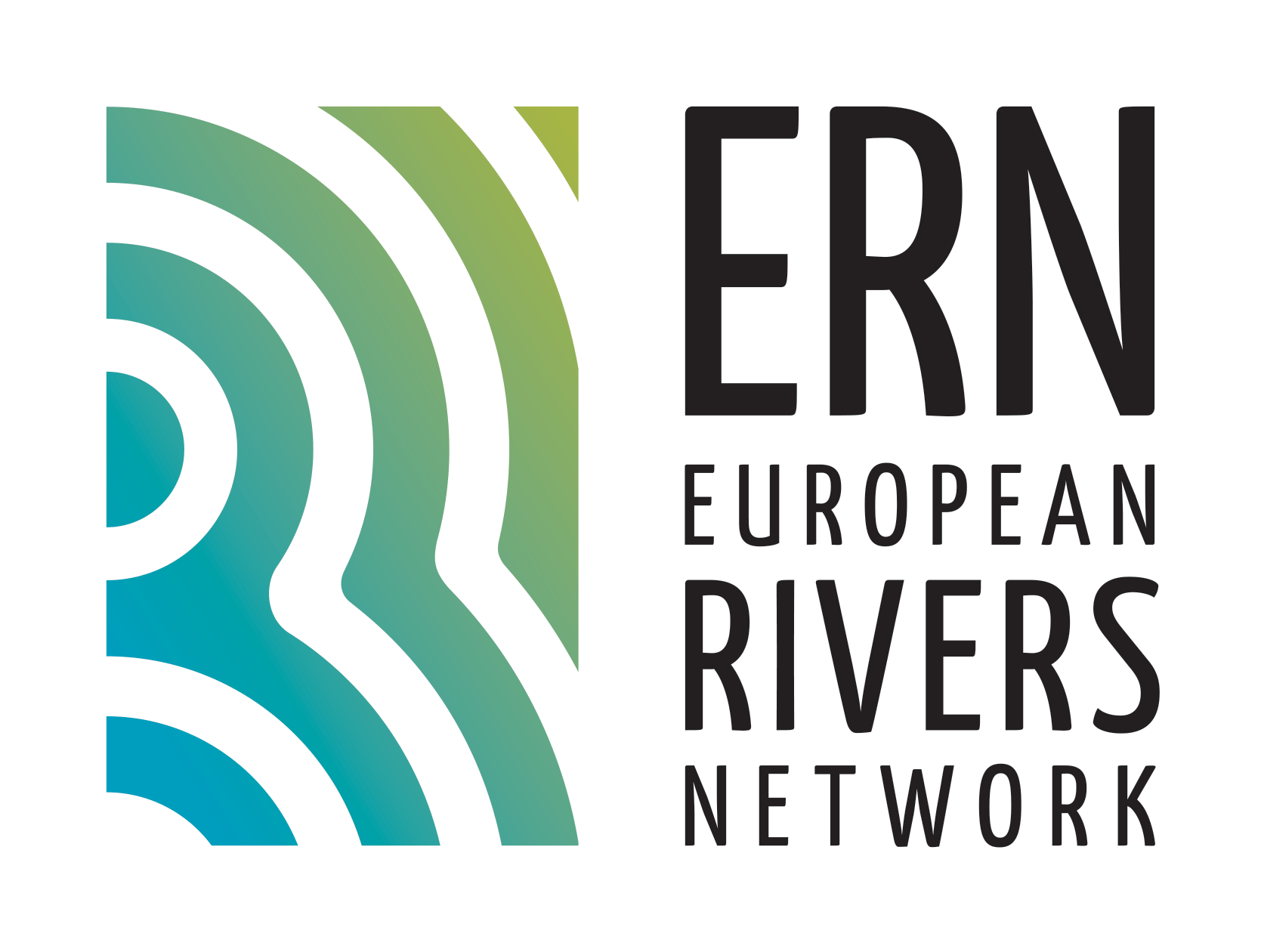
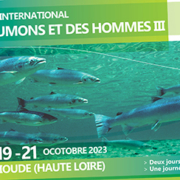
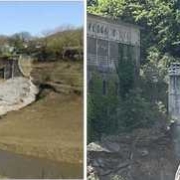
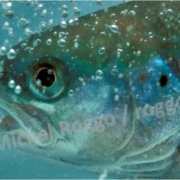
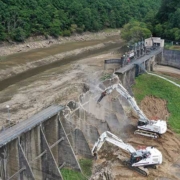


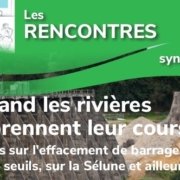
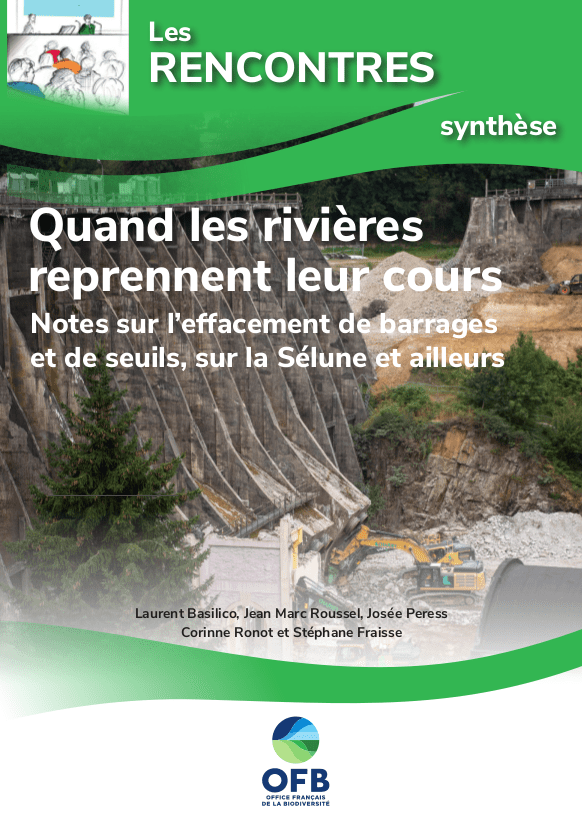

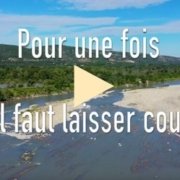

 ERN France
ERN France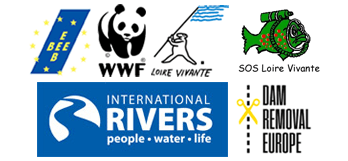 ERN is the official WWF Freshwater Partner in France and cooperates with WWF Switzerland, Austria, Netherlands and others
ERN is the official WWF Freshwater Partner in France and cooperates with WWF Switzerland, Austria, Netherlands and others